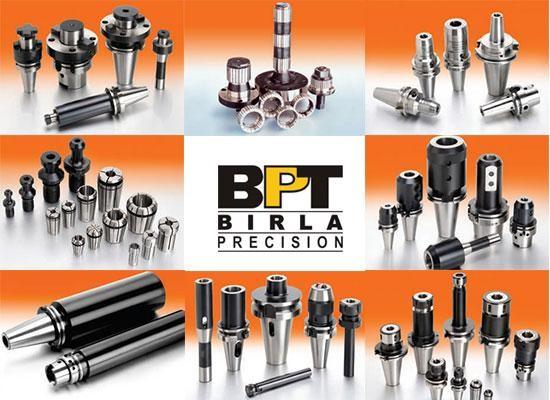In precision machining, achieving high-quality results is essential. One critical factor that contributes to this is the clamping force of the tool holder. The clamping force determines the stability and accuracy of the tool during the machining process. In this article, we will explore the importance of clamping force and the different types of tool holders that provide adequate clamping force for specific applications.
Understanding Clamping Force
Clamping force refers to the pressure applied to hold a tool in place during the machining process. The clamping force affects the accuracy and stability of the tool, which, in turn, affects the quality of the finished product.
A weak clamping force can cause the tool to slip, resulting in poor quality and increased production time. On the other hand, excessive clamping force can damage the tool holder, leading to expensive repairs and downtime.
Types of Tool Holders
There are several types of tool holders used in precision machining, each with its advantages and disadvantages. The most common types of tool holders include hydraulic tool holders, shrink fit tool holders, and tapping chucks.

Hydraulic Tool Holders
Hydraulic tool holders use hydraulic pressure to provide clamping force. These tool holders have a tapered shape that allows them to fit tightly into the spindle of the machine. The hydraulic pressure is applied through the center of the holder, creating an even and consistent clamping force.
Hydraulic tool holders are ideal for high-speed machining, as they provide a
high clamping force with minimal runout. The downside of hydraulic tool holders is that they are relatively expensive compared to other types of tool holders.
Shrink Fit Tool Holders
Shrink fit tool holders use heat to expand the holder, allowing the tool to be inserted. As the holder cools, it contracts, providing a tight grip on the tool. Shrink fit tool holders provide a high clamping force with minimal runout, making them ideal for high-speed machining. They are also relatively inexpensive compared to hydraulic tool holders. The downside of shrink fit tool holders is that they are limited to a specific range of tool sizes, and the heating and cooling process can cause the holder to wear out over time.
Tapping Chucks
Tapping chucks are used for tapping and drilling operations. These tool holders provide a high clamping force and are designed to prevent the tap or drill from slipping during the machining process. Tapping chucks come in a range of sizes to accommodate different tap and drill sizes. The downside of tapping chucks is that they are limited to specific operations and are not as versatile as hydraulic or shrink fit tool holders.
Achieving Optimal Clamping Force
To achieve optimal clamping force, it is essential to consider several factors such as the size and shape of the tool, the type of machining operation, and the machine's spindle. It is also essential to use the correct tool holder for the application. Using an improper tool holder can result in poor quality, increased production time, and damage to the machine and tool.

Conclusion
Achieving high-quality results in precision machining requires attention to detail, and one critical factor is the clamping force of the tool holder. The clamping force affects the accuracy and stability of the tool, which, in turn, affects the quality of the finished product. Hydraulic tool holders, shrink fit tool holders, and tapping chucks are all viable options for achieving adequate clamping force. It is essential to consider factors such as the type of machining operation, the size and shape of the tool, and the machine's spindle when selecting the appropriate tool holder. By understanding the
importance of clamping force and selecting the correct tool holder, machinists can achieve optimal results in precision machining.
